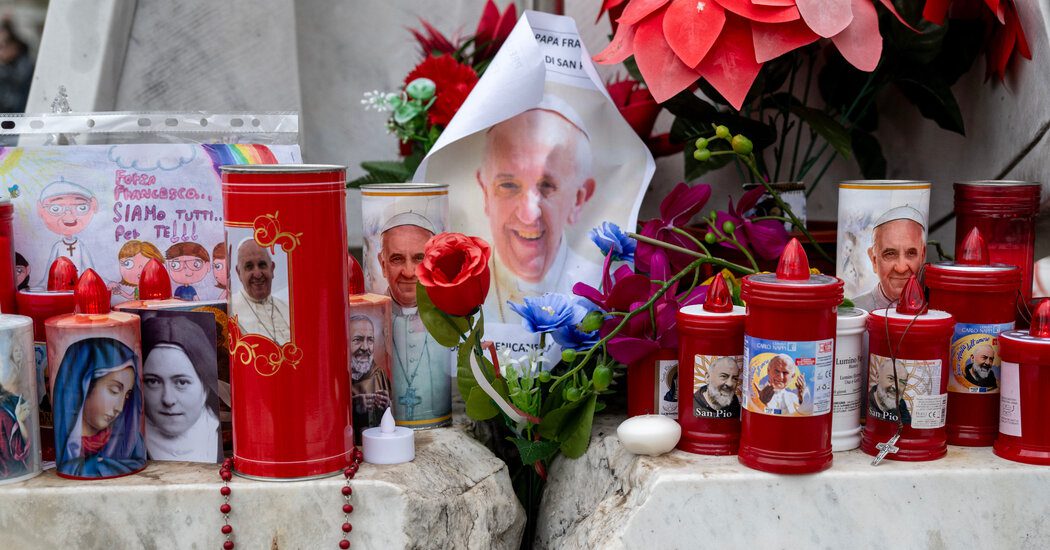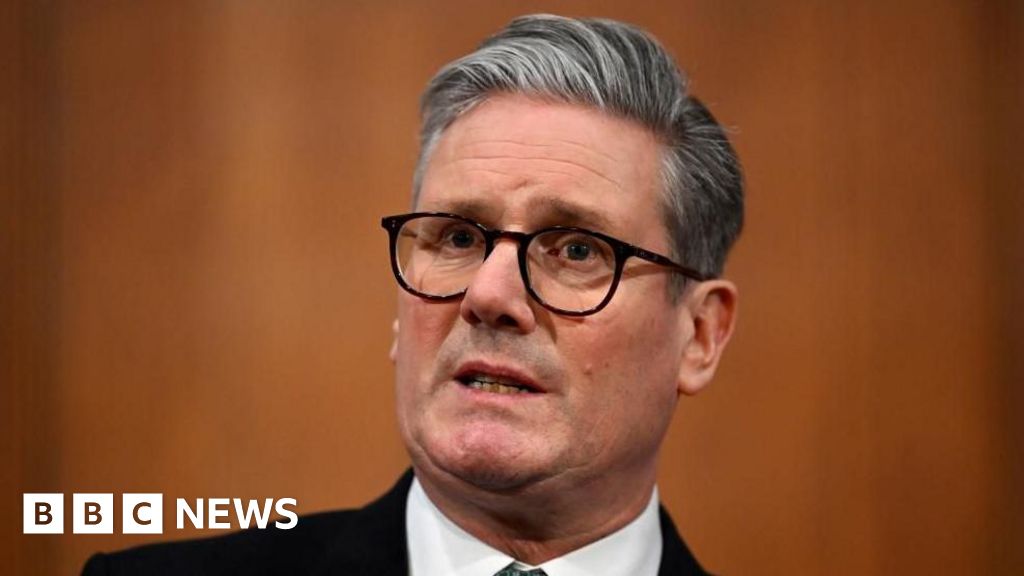
The global Catholic community is facing a time of turmoil as Pope Francis, 88, remains critically ill at a hospital in Rome due to a complicated lung infection along with other serious health issues.
On Monday, the Vatican reported that the Pope had regained consciousness after a peaceful rest and was showing positive responses to his treatment. Additionally, cardinals are set to gather at St. Peter’s Basilica on Monday evening to lead a rosary in his honor.
Here’s an overview of his health status and the potential procedures following his passing.
Current Health Status of Pope Francis
Pope Francis’ original respiratory infection has progressed to pneumonia affecting both lungs, alongside additional complications emerging during his hospital stay. He experienced a respiratory crisis that necessitated the use of high-flow supplemental oxygen. On Sunday, the Vatican confirmed that he is experiencing “initial, mild kidney failure,” which is currently being managed. His medical team is administering multiple medications, noting that adjusting dosages has been a complex task, with a fresh update scheduled for Monday evening.
Given the Pope’s advanced age and existing lung conditions, medical professionals have been cautious in offering a prognosis.
Proceedings Following His Passing
While the outcome for Pope Francis remains uncertain, the rituals surrounding a papal death—honed over generations—are well-established to facilitate a confidential and orderly transition of power. These solemn ceremonies provide structure during a turbulent time for the church.
Upon the pope’s death, the announcement is made by the head of the Vatican’s health department along with the cardinal chamberlain, who assumes temporary administration of the Vatican. The deceased Pope is then garbed in a white cassock and is taken to his private chapel.









